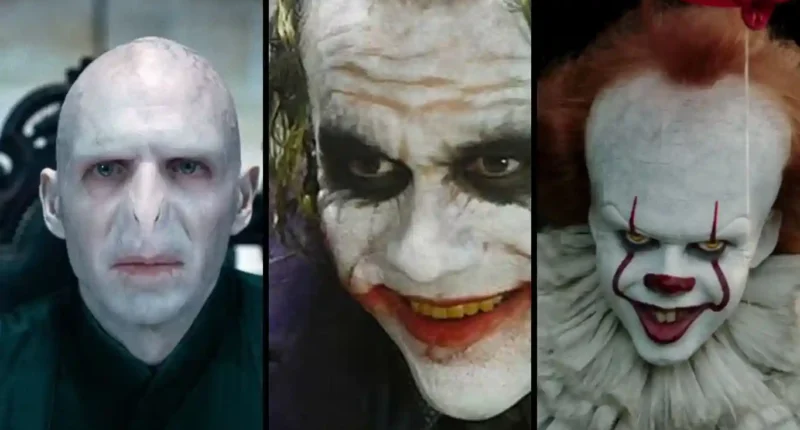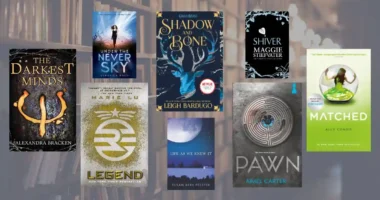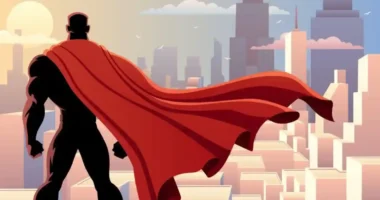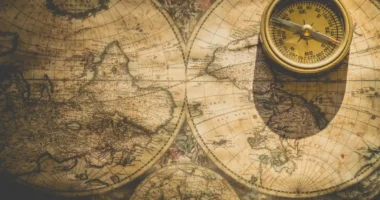What Makes a Great Villain? – The personalities discussed below may seem dissimilar on the surface, but all great villains have a few traits in common. You’ll have a deeper grasp of how to develop such a character and be in a better position to identify what isn’t working with your villain and how to repair it once you know what they are.
What Makes a Great Villain?
Obsession
Probably the most blatant trait shared by all villains. The four main obsessions of villains are usually power, fortune, sex, and vengeance. These obsessions frequently cross paths. A villain may seek wealth to advance in power. Retaliation, as well as the desire to humiliate or destroy a romantic rival or a lover who dumped them, maybe the driving force behind someone’s desire for power. The most important thing to remember is that the villain will do whatever it takes to succeed. A hero must stand up and attempt to halt events before it is too late because the villain’s passion typically initiates the plot.

The best villains have a well-kept secret
The best villains have a well-kept secret that they have worked hard to keep hidden their entire lives, possibly even from themselves. Secrets increase suspense. Because of this, it’s crucial to keep the villain’s history a secret for most of the narrative. The Star Wars prequels also contributed to my mental anguish. Darth Vader was most effective when he appeared fully formed on the screen without any background information about who he was or how he came to be that way.
It’s acceptable to allude to the villain’s identity but never reveal everything. The villain may occasionally appeal to the hero’s compassion by revealing his or her secret, perhaps to win the hero over to the villain’s side. But the door of vulnerability is slammed shut when that invitation is declined.
An injury
The secretiveness and obsession of evil stem from this. This wound might be either physical or emotional, but frequently it’s both. This explains why villains frequently have physical scars or disfigurements. Darth Vader shows up in an artificial life-support suit. Lord Voldemort has white skin and a deformed face.
This purpose is served even by the mask that Hannibal Lecter dons in The Silence of the Lambs when he initially emerges. The wound, scar, or twisted visage of the villain adds drama and intrigue. Physical injury frequently happened amid a traumatic emotional event. For instance, Darth Vader believed that his mentor betraying him nearly resulted in his death.
When Voldemort overindulged in the black arts in an attempt to thwart the fulfilment of a prophecy about his defeat, he was deformed. Each time, the wound happened at a time when the villain was most vulnerable, leading him to grow fixated on hiding that time.

A personal connection to the hero
At the beginning of a story, the villain’s entrance on the scene and the hero’s call to vanquish the villain might be both utterly arbitrary. But as the narrative goes on, we realize that nothing could be false.
Even though Luke Skywalker initially appears to be just a regular farm boy from a remote desert planet, we gradually realize that this battle is more like a family dispute. That’s because Luke is Darth Vader’s son (warning: spoiler). Randomness is the adversary of every writer.
The story gains another level of complexity as the understanding of this particular relationship grows. In many instances, the villain and the hero were formerly identical, but something went wrong. By implying that the hero runs the possibility of failing to finish the journey and becoming the villain, or worse, it enhances the stakes of the narrative.
A match that is worthy of the hero
The hero facing out against the antagonist should initially seem absurd at the start of the story. What chance does a petulant farm boy from Tatooine have against the mightiest weapon of the Empire? Before the adventure even starts, the adversary should appear to be so overwhelming that all hope is lost. This produces dramatic and emotional tension.
The hero is also compelled to put everything on the line to succeed. The fact that they disobey social standards is one factor in the strength of villains. The villain has no regard for the moral guidelines that limit the possibilities available to the hero. Because of this, villains can risk a great deal of collateral damage and give up everything, including their closest friends and family, to achieve their objectives.
This information is frequently used by villains to mock heroes, lording it over them each time the hero fails. This makes heroes consider what distinguishes them from villains. In the end, the hero’s commitment to a set of principles turns out to be a strength rather than a weakness since they can bring a force against the antagonist that the villain could never have predicted because the antagonist was viewing the world from an entirely different perspective.

The villain believes they are the hero
Rarely do villains consider themselves to be villains. They believe they are heroes instead. Because he likes to kill people, Thanos does not want to eliminate half the universe’s population of living things. He views it as a necessary evil to prevent the universe from destroying itself. He sees his responsibilities as an obligation that he selflessly fulfils for the sake of everyone. He believes that he is the universe’s greatest hero, not its biggest danger. This quality gives villains a three-dimensional quality. Additionally, it makes them resemble us and the hero. We all think of ourselves as the protagonist of our tale.
Also Read: Books Recommended for People Who Liked Divergent



